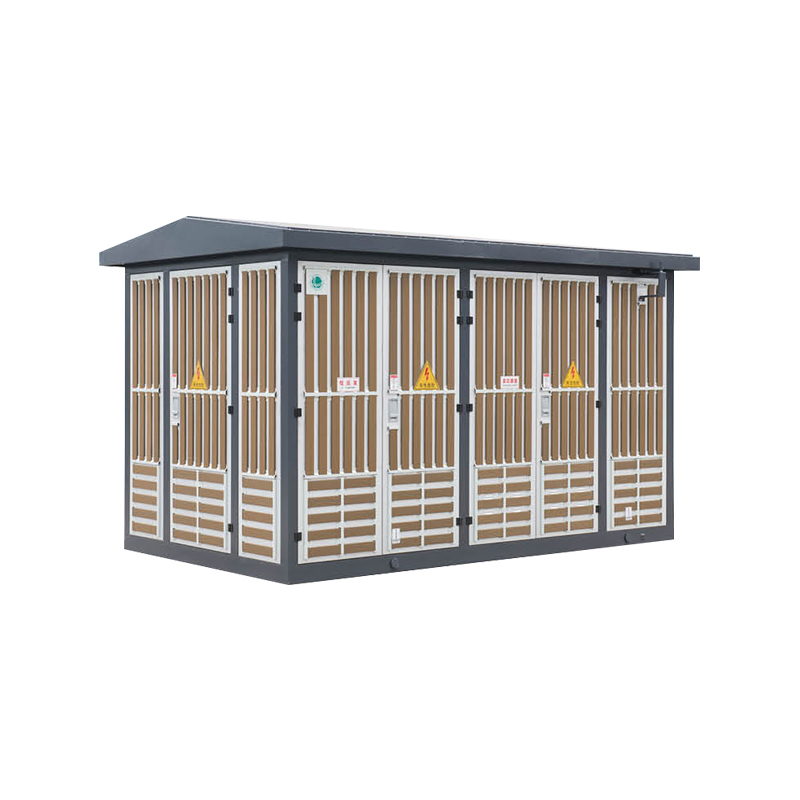Industry News
Why Box Type Substations Are the Smart Choice for Modern Power Systems
Box-type substations, prefabricated, turnkey units—sometimes called modular substations—integrate transformers, switchgear, protection devices, and auxiliary systems into a single, weather-resistant enclosure. Their compact size, ease of deployment, and reliable performance make them suitable for urban centers, renewable energy projects, industrial facilities, and remote locations.
One of the primary drivers for box-type substation adoption is urban electrification. Cities and densely populated areas face challenges related to limited space and the need for quick installation. Traditional brick-and-mortar substations often require large land areas and extensive civil works, which are difficult to accommodate in crowded environments. Box-type substations address these issues by providing compact footprints and pre-assembled systems that reduce on-site construction time.
Renewable energy integration is another significant trend. Solar farms and wind parks need substations to perform voltage step-up and ensure smooth interconnection with the grid. Box-type substations can be positioned directly on-site, close to the generation equipment, reducing cable runs and losses. Their modular nature allows easy customization to handle varying capacities and evolving project requirements.
Rural electrification efforts also benefit from these units. Remote communities often lack infrastructure and face logistical challenges in equipment delivery. Box-type substations can be pre-tested at the factory and transported by air, road, or sea to locations with limited access. This reduces installation complexity and supports faster grid extension into underserved regions.
Regulatory pressures for safety, environmental compliance, and quality management encourage the use of factory-assembled substations. These units undergo strict quality controls during production, ensuring consistent performance and adherence to standards. This reduces risks associated with on-site construction variability and enhances overall system reliability.
Box-type substations reduce the need for extensive civil works. small foundation requirements and simplified cable trenching decrease site preparation time by up to half compared to traditional substations. This not only lowers initial costs but also reduces environmental disturbance and community disruption during construction.
pilot times for project delivery and commissioning are also shortened. Whereas conventional substations may take close to a year for design, procurement, and construction, modular substations often reach completion within three to four months. This accelerated timeline enables utilities and developers to realize returns on investment sooner and meet tight project schedules.
Aesthetics play an important role, especially in urban and residential areas. Box-type substations feature weatherproof, neutral-colored enclosures that blend with surrounding architecture. Custom options such as sound-attenuation panels mitigate noise pollution, enhancing community acceptance. Compact designs also allow installations in constrained spaces, such as building rooftops or parking lots.
Beyond immediate benefits, box-type substations offer flexibility for future expansion. Modular designs permit adding or upgrading transformer capacity and switchgear components with small disruption. Remote monitoring and automation can be integrated to support smart grid functionalities, such as fault detection, load management, and remote control.
Environmental factors are addressed through controlled manufacturing environments and protective enclosures that shield internal equipment from dust, moisture, and temperature extremes. This contributes to longer equipment life and fewer unscheduled outages.
In conclusion, box-type substations represent a practical, efficient, and adaptable choice for modern power systems. Their compact form, reduced installation demands, and compatibility with renewable integration position them as key enablers of grid modernization and electrification efforts worldwide.

Next
Revolutionizing EV Infrastructure: The Rise of New Energy Vehicle Floor Charging Piles
<p><a href="/product/new-energy-vehicle-floor-charging-pile/" target="_blank...
View More- PRODUCTS
- New Energy Power Distribution Equipment
- Box Type Substation
- Cable Branch Box/Switch Station
- High Voltage Switchgear
- Low Voltage Switchgear
- Engineering Vacuum Circuit Breaker
- New Energy Vehicle Floor Charging Pile
- Commercial Energy Storage
- Photovoltaic Complete Box
- High Voltage Arrester
- INFORMATION
-
-
Phone+86-13868788848
+86-13356188725 -
Tel+86-0577-88810567
-
E-mail
-
AddNo. 59, Youyi Road, Xinguang Industrial Zone, Liushi Town, Yueqing City, Zhejiang, China
-
- ENQUIRE WITH US
Photovoltaic Module Manufacturer




 English
English  中文简体
中文简体  русский
русский  Español
Español  عربى
عربى 


